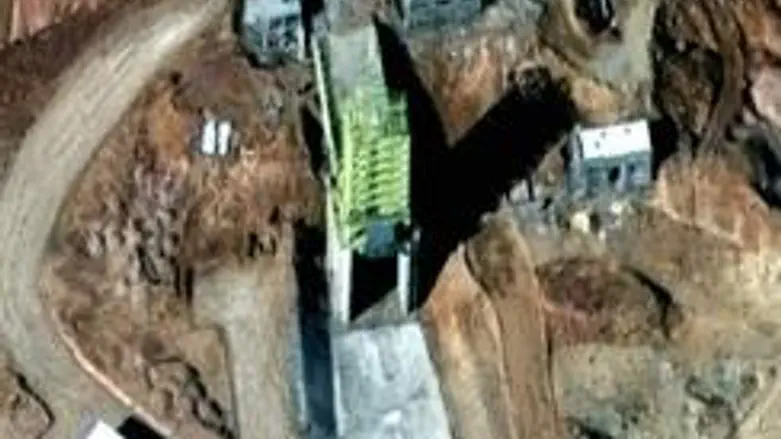
Iran's development of a missile launch facility in the northern province of Semnan and its Simorgh missile project both indicate that the militant Shiite theocracy is probably collaborating with North Korea on its missile program. The platforms seen on the Semnan launch pad's new gantry tower – a multi-level tower for servicing missiles before launch – resemble those seen on the gantry tower at North Korea’s new Tongchang launch pad. A drainage pit 170 meters directly in front of the pad also seems like a copy of one at Pyongyang’s new site.
In addition, the first stage of the Simorgh missile strongly resembles the North Korean Unha-2, with four clustered engines and near-identical dimensions.
Photographs and information about the likely collaboration between Iran and North Korea have appeared on security news sites Defense Update and Jane's IHS.
Defense Update also reported that east of the active site, “the Iranians are constructing a new facility that could be supporting the Iranian solid rocket propulsion development, associated with the Sejjil and Ashura missiles or even larger missiles” – and noted that “according to Jane's Intelligence analysts, the site could be associated with the next-generation Simorgh rocket.”
The Simorgh, unveiled in early February, is officially intended to be used as a space-launch vehicle, but it could be converted for launching long-range ballistic missiles for military purposes.
Satellite images indicate that the launch pad has “a fully constructed flame bucket” – the structure that diverts the missile's exhaust gases from the hillside. The launch site is linked through tubing to a nearby, sheltered underground facility. The gantry tower is approximately 18–20 meters tall, and the flame bucket is nearly as high as the tower. Jane's analysts assume the construction appears midway towards completion.
Missile Threat Growing
Brig.-Gen. (res.) Yossi Kuperwasser, Deputy Director General of the Ministry of Strategic Affairs, said at the recent Jerusalem Conference that "the main central military threat against Israel is the missile threat. Israel's security situation changes all the time. Threats of missiles are becoming more severe at an extremely quick pace."
"During the Second Lebanon War," he added, "Hamas had 13,000 missiles. Today, the number of rockets and missiles spread around Israel is in the tens of thousands. The reality has changed. Moreover, if in the past missiles and rockets were weapons possessed by states and were thought of as strategic tools, today they are used also by terror organizations, and the reality is much more severe. This is because these same states removed the obstacles that they imposed before and began transferring missiles to terror organizations they support under their authority."